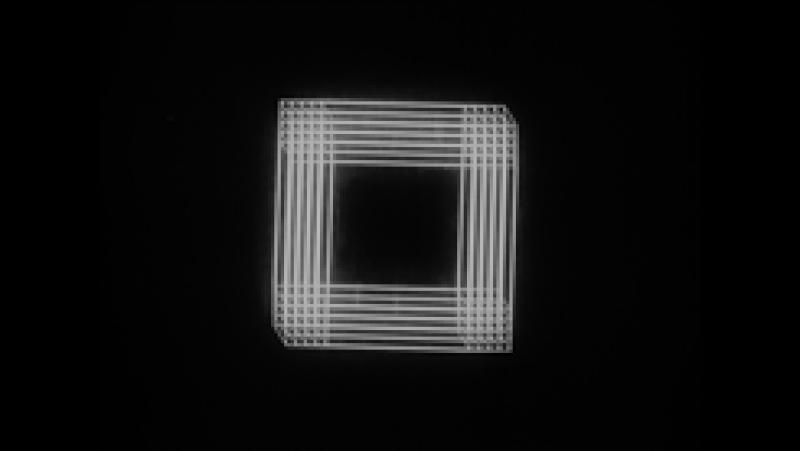
Turing complete. Computational art and computational notebooks. Homepage

“Say What You Mean” parallels the production of art with approaches to exploratory programming. 20th century art practices were clearly influenced by the milieu of computational thought. Expressionist artists like Jackson Pollock declared intent with few implementation details in mind. Pollock’s paintings have since been proven fractal in nature. Conceptual artists like Sol LeWitt wrote imperative instructions where “the idea becomes the machine that makes the work.” The results of both artists are computational in nature, but very different in quality. This is partially due to approach. This talk examines creative approaches to exploring unknown or open-ended domains. It emphasizes declarative programming and the tried-and-true techniques of abstraction and composition. Rather than showing a sliver of a sprawling codebase, approaches are illustrated more immediately through computational art. Parallel code examples are written in Clojure.


| Aesthetics and Narrative: Programming What Cannot Be Programmed | I T.A.K.E Unconference | May 2017 |
|---|---|---|
| Aesthetics and Narrative: Programming What Cannot Be Programmed | Clojure/conj | December 2016 |